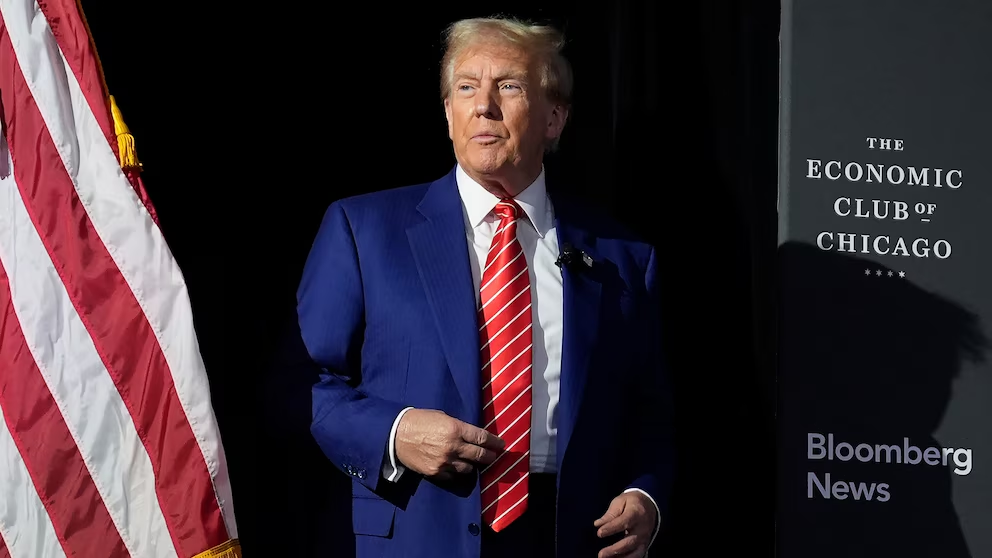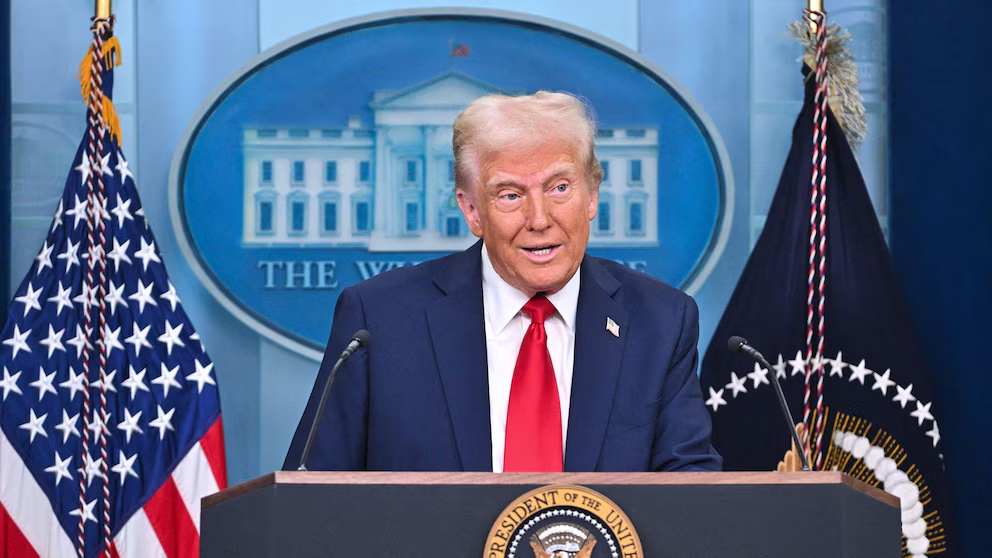Trump Dismisses Carlson’s Critique on Israel-Iran Policy

Donald Trump recently responded to Tucker Carlson’s accusations of complicity in Israel’s attacks on Iran, which were presented in Carlson’s newsletter titled “This Could Be the Final Newsletter Before All-Out War.” The former Fox News host, known for his MAGA alignments, criticized Trump for his administration’s foreign policy and military actions in the Middle East.
During a news conference where Trump announced a trade agreement between the U.S. and the UK, he was questioned about Carlson’s charges. Trump dismissed the accusations, stating, “I don’t know what Tucker Carlson is saying. Let him go get a television network and say it so that people listen. Thank you.” This deflection further highlights Trump’s typical approach to criticism, often undermining his detractors rather than engaging with their points.
Carlson’s critique reflects a growing divide within the Republican Party, where many factions are increasingly vocal about disagreements on foreign policy. Trump’s administration has faced scrutiny for its perceived leniency towards Israel and its aggressive stance against Iran, leading to contrasting narratives emerging among right-wing commentators.
This incident underscores a larger issue within the Republican base, as figures like Carlson continue to question Trump’s strategies while maintaining their allegiance to the broader MAGA movement. The tensions between Trump and influential media personalities illustrate the complexities facing the party as it approaches the upcoming electoral cycles.
As the discourse escalates, it becomes clear that Trump’s leadership style and foreign policy decisions remain contentious topics among conservatives. Tucker Carlson’s sharp criticisms may resonate with a segment of the Republican electorate that is growing disillusioned with Trump’s approach, compelling them to reconsider their support for his candidacy moving forward.
(h/t: https://www.independent.co.uk/tv/news/trump-responds-tucker-carlson-israel-iran-attack-b2771167.html)







